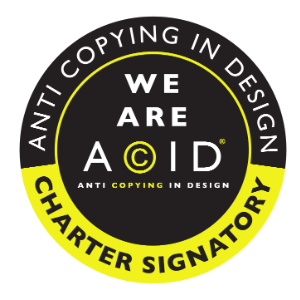What does branding mean to you?Some may say it’s your logo… others may say it’s your colour palette and typography. Although these are all extremely important aspects of the branding process, they aren’t actually your branding.
Your branding is your message and the way you connect with your audience. It’s all about creating an emotional experience and getting your potential customers to think “I need to buy from them!”. We’ve put together a checklist of steps you should take when branding your business to ensure you convey a clear message to your clients.
- The first step is working out what your brand stands for and why you are different to your competition. What makes you stand out in your industry? What is it you actually do and want to be known for? Working out your core values is extremely important and from this you’ll be able to shape the rest of your branding around it.
- Who are your audience? What’s their demographic, what car do they drive, where do they live? Creating a customer profile helps you understand your customer’s needs and wants and helps to pinpoint the different routes you need to take in order to connect with them.
- This next step is an extremely important one – research your competitors. What are they doing well? Where do they advertise? What social channels do they use? How can you ensure you stand out and differ from them?
- Find branding you like in a different industry for inspiration. For example, if you’re a skincare brand, look at how a successful clothing store brands their business. This step goes back to using your customer profile as you can get a feel for where your customer shops and the brands they resonate with.
- When working with your designer or agency, make sure you put together a creative brief and give them as much information about your company and industry as possible. The more we get to know about your brand the better!
- Create a Pinterest board. When branding your business, Pinterest is the best platform for inspiration and visually communicating all of your ideas. Be consistent and put together a collection of images – whether that be photographs, logos, store designs or packaging. Once you’ve put everything together take a closer look and start to annotate your board. Why have you chosen those images? Why do you like those colours? Understand what it is you are inspired by.
- Work together with your agency to develop your core branding. This step includes creating your logo, colour palette and choosing the right fonts. Ensure everything aligns with your messaging and what you have outlined in the above steps.
- Ensure you have a great website. Whether you’re selling online or just wanting to create brand awareness, your website is the first impression your audience have of your company. It’s your means of connecting with customers around the globe as well as a great way of collecting leads. Making sure your website is mobile optimised, user friendly and features high quality content is a must.
- Set up your business social media accounts. Looking back at the steps above, find out which channels work best with your ideal customer. It’s better to post engaging content on platforms your audience resonate with rather than set up every social media site possible.
- See what collateral you need for your brand launch. Do you need new packaging? A sign for the front of your store? New business cards and stationery? Once you identify everything you need to refresh your brand will start to take its shape. Being consistent is key – you need to ensure your branding is the same throughout all your assets!






